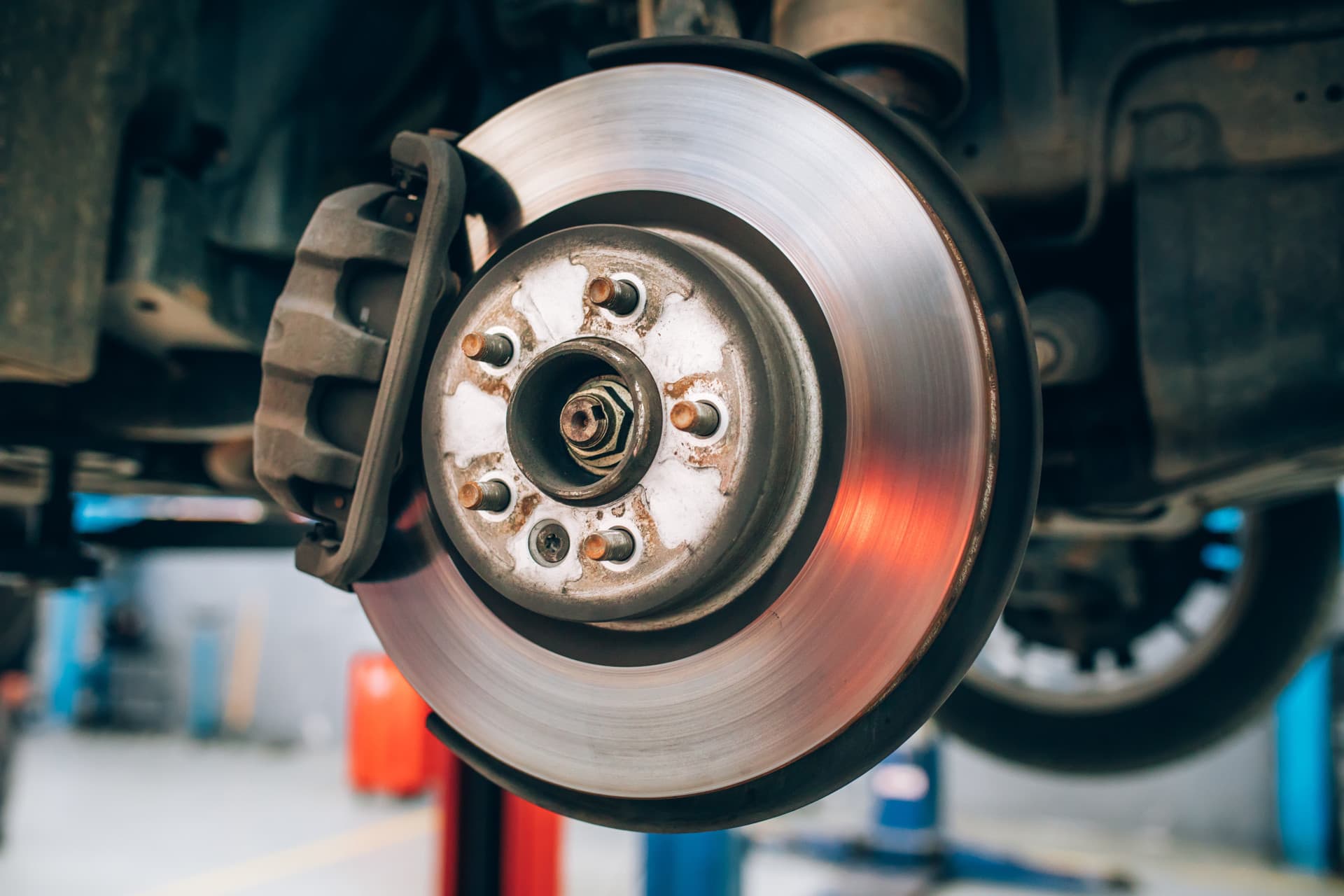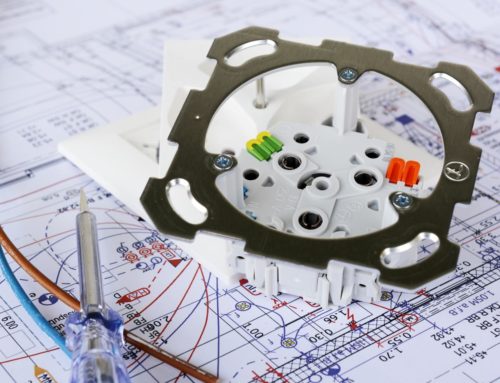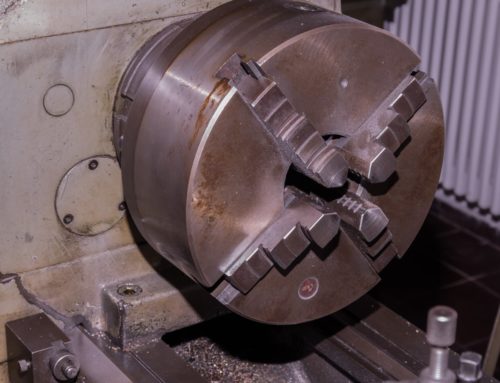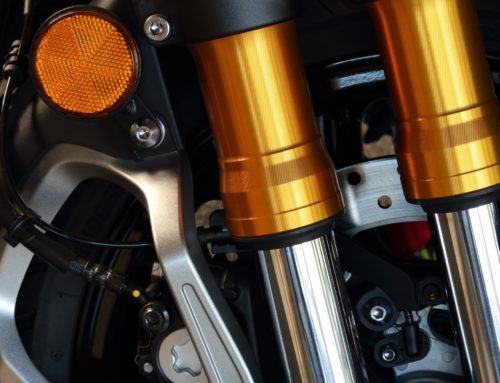It’s a poor idea to build a motor without considering how to stop it. Fortunately, the arms race of braking and motion have sprung up alongside each other.
In the case of electronic motors, electronic motor brakes developed along three styles. Each approach benefits an array of applications and delivers better results than a single method could.
The styles of brakes have their purposes but they all work on principles of electromagnetism, These are the same principles the electronic motors themselves work on.
Electronic Motor Brake Operation
Brakes for electronic motors operate differently than their mechanical counterparts. Electronic motors benefit from precise control due to the current that powers them. This is the same current that controls the brake.
By working together, an electronic motor brake provides superior stopping power and speeds.
The circuits between an AC and a DC motor brake feature different designs but work on the same underlying principles. Current that was supplying the motor is transferred to the brake.
An electromagnetic field either pushes the brake into place, stops keeping the brake from engaging, or both.
Construction
To generate the proper EMF, a brake circuit contains a number of capacitors and resistors that regulate current.
The current in the circuit need not be redirected from the motor all at once. When a full stop is needed, applying more power through the capacitors offers a sharp spike of voltage that can be larger than the voltage formerly powering the motor.
The strength and direction of the EMF either directly or indirectly applies torque to the motor to create a stopping force.
Sequence of Operation
The sequence of operations built into the circuit defines how effective the brake is. Efficiency in braking is key to certain industrial processes.
An electronic AC motor brake circuit will contain one or more resistors to modulate braking torque. Arranged in sequence, each provides the same resistance in amperes up to their capacity. This ensures smooth braking.
Even with an AC arrangement, the current is converted to DC for different braking purposes. Interlocks kick in as the AC supply interrupts.
Efficiency and Wear
Depending on the size of the electronic motor brake there’s very little energy lost and little heat generated. This matters a lot in price manufacturing roles where heat generation can affect sensitive components.
Size is also important for electric brakes. They take up less space because they have fewer moving parts.
Mechanical friction creates heat and also wears down motor components. With electric braking, the components are left free of shear and grinding down.
Precise control of braking torque allows industrial machines to adjust and reorient materials accurately and quickly.
Stop Now!
The number of uses for an electronic motor brake demand that they be made to purpose. The needs of the process dictate if the brake will slow, stop, or redirect motion to achieve an ideal result.
For more information about our brakes and which brake set up will fill you need, contact us.






